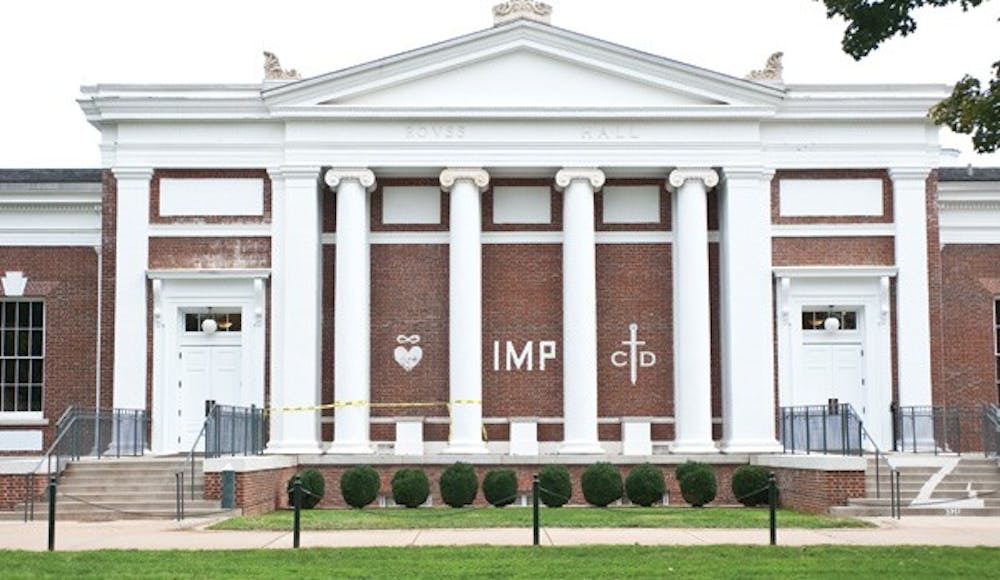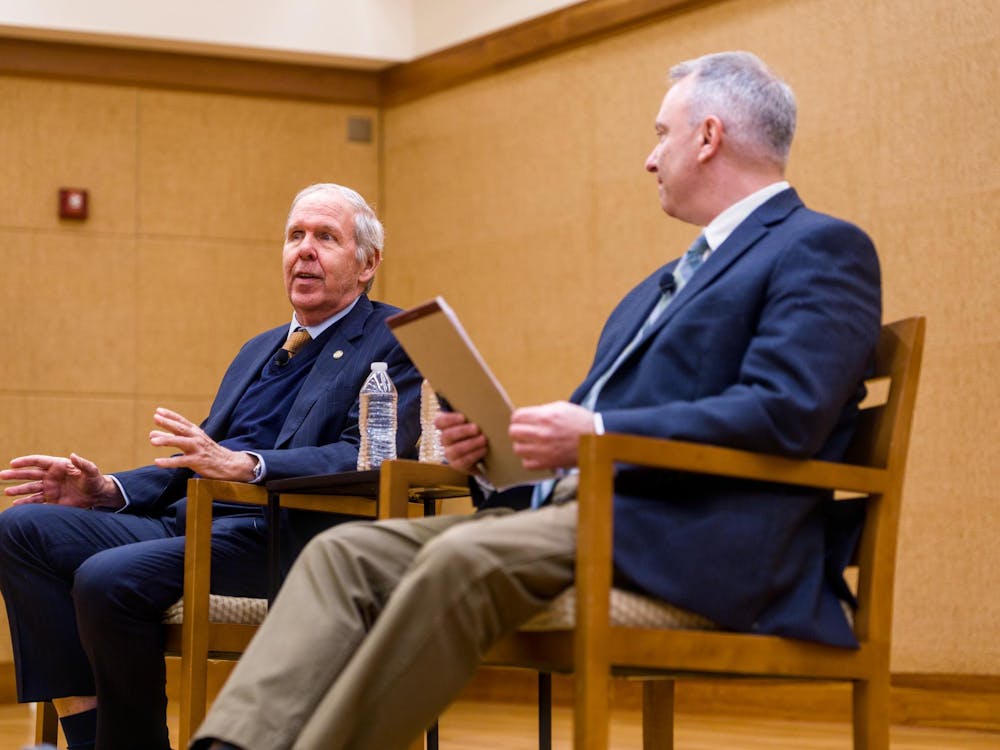The number of new students enrolled in graduate schools fell nationwide for the first time in seven years in fall 2010, according to a report released yesterday by the Council of Graduate Schools. The decline of 1.1 percent was sharper in public institutions than in private, not-for-profit institutions. Since fall 2000, first-time graduate enrollment has increased 3.8 percent annually on average.
The report was authored by Nathan Bell of the Council of Graduate Schools and the Graduate Record Examinations Board. It surveyed 655 colleges and universities.
Although there was a decline in first-time graduate student enrollment, applications for admission to graduate schools in the United States increased 8.4 percent between fall 2009 and 2010. Business, engineering and social and behavior sciences accounted for the largest numbers of graduate applications in fall 2010.
Between fall 2000 and fall 2010, graduate applications grew at an average annual rate of 5.7 percent. Between fall 2000 and fall 2010, increases in graduate applications were greatest in health sciences, arts and humanities, and public administration and services.
The decline was driven by a decline in master's programs, particularly in business and education programs, Council of Graduate Schools spokesperson Belle Woods said. She attributed the decline to the state of the economy.
"Most masters' students in business and education are self-funded or employer-funded, and some employers may not be offering the same tuition assistance as before," she said. "Many state and local governments have cut back on programs as well, which may be affecting teachers' incentives to earn master's degrees."
At the University, however, the number of new graduate students this fall has increased overall from 1,827 students last year to 1,948 this year, differing from the national figure.
Only the Nursing School and the Graduate School of Arts & Sciences experienced declines, dropping five and 36 students, respectively, Adams said.
Commerce School Dean Carl Zeithaml said the trends of graduate enrollment and applicants for the three graduate programs at the Commerce School do not coincide with the findings of this study either.
"The enrollment for commerce and accounting are at record highs and the [Masters of Science] for [Management of Information Technology] is up from last year," he said. "Not only is the quantity up, but the quality [of the applicants] is up as well, which is very important to us. Quantity, quality, and diversity has all improved over the last several years."
Zeithaml said the economic downturn has not affected enrollment in the Commerce School's graduate programs because of its structures. The M.S. in Commerce and Accounting are fifth-year programs, and the M.S. in MIT has classes only on the weekends, so students do not have to leave their jobs to get their masters degree, he said.
The Education School has seen similar increases in applicants. Dan Hallahan, director of doctoral studies for the Education School, said the school has seen an increase of 332 applicants, or 27 percent, from 2010 to 2011. The number of enrolled students has stayed the same, with approximately 50 students for both years.
"In consequence, our selectivity has gone up as well," Hallahan said. He said the increase is because of the school's "proactive job of trying to recruit"







